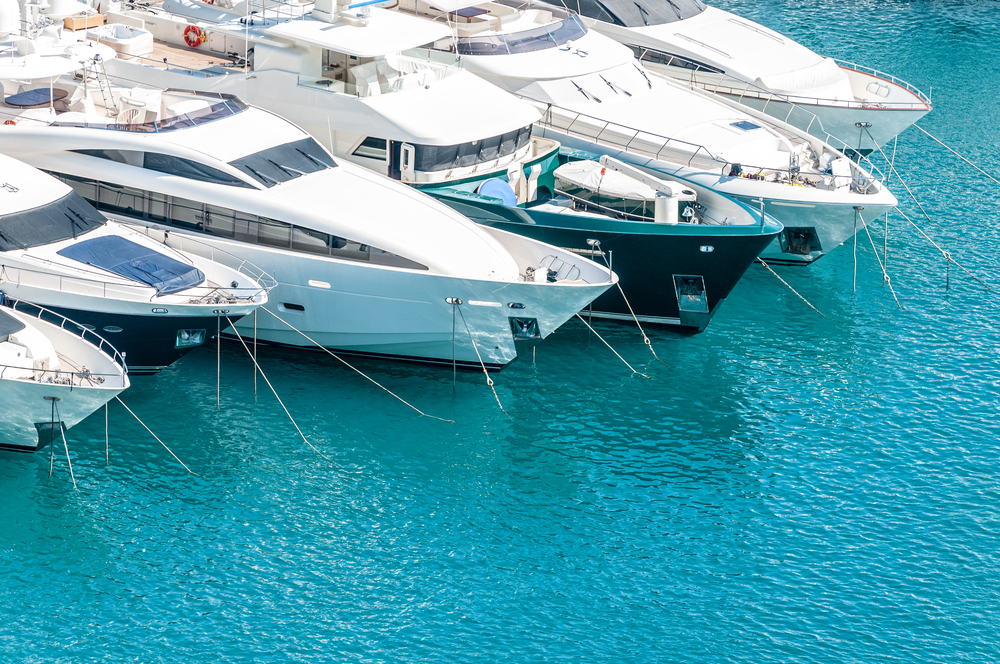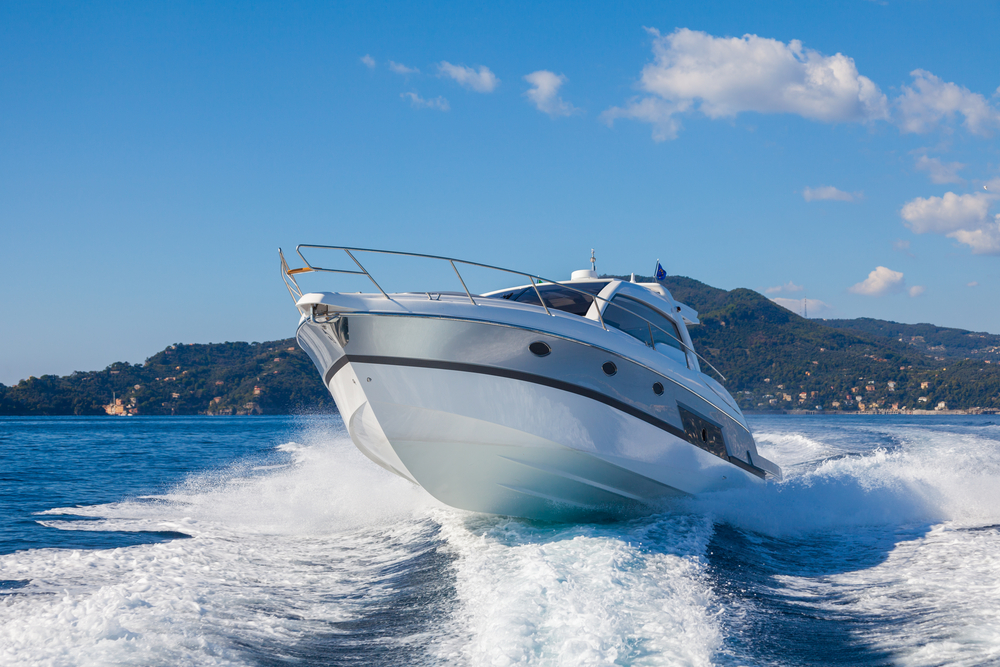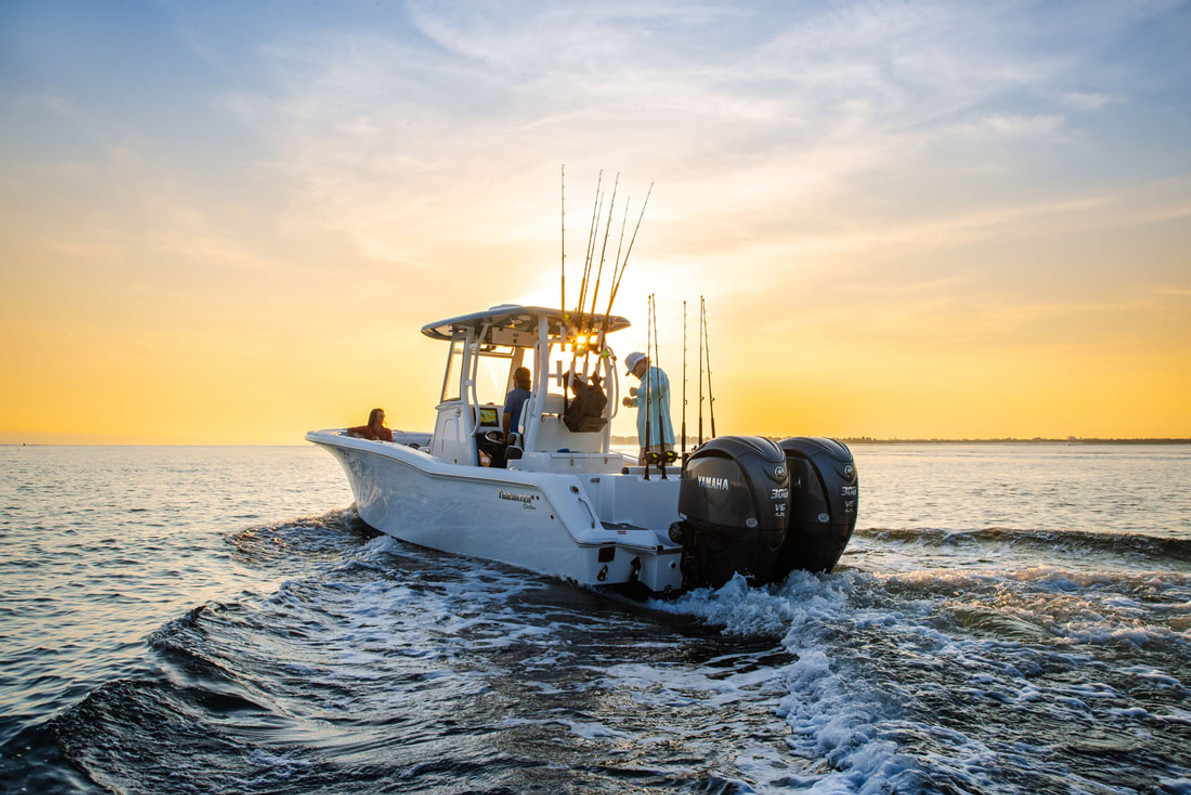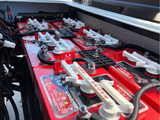Understanding the Dynamics of Marine Batteries: An Expert Guide by Powerstride Battery

Be it a fishing boat with a trolling motor or a formidable yacht, your sea-faring boat's longevity, performance, and reliability greatly depend indisputably on whether or not you have the correct battery. But how do you determine the right battery from the wrong one? It only takes one quick overview from the experts at Powerstride Battery to educate any ship captain on the dynamics of marine batteries and how to understand their ins and outs.
How Long Do Marine Batteries Last?
The longevity of marine batteries depends on various factors: the battery type (such as lead acid, AGM, or lithium-ion battery), if there's been proper maintenance, the frequency of use, and the specific marine application. Traditional lead acid batteries or flooded batteries might last around 2-3 years, while an AGM or gel battery could last 3-6 years. Lithium batteries, such as lithium iron phosphate, might outperform them all, boasting a life cycle of 10 years or more.
Yet, the real secret to a battery's lifespan is maintaining a balance between discharging and charging. Continual deep discharge without an appropriate recharge can degrade any battery prematurely.
All batteries, including marine batteries, operate on a chemical reaction that generates electrical energy. When a battery discharges, this chemical reaction happens in one direction, transforming chemical energy into electrical energy that your boat or equipment can use. During a charge, electrical energy is pumped back into the battery, reversing the chemical reaction and restoring the battery's energy storage.
Charging Your Marine Battery
Understanding how to charge your marine battery is critical. A deep cycle battery, for instance, can handle deep discharge and recharge, while a conventional starting battery should only be discharged up to 20%. Using a charger that matches your battery type is vital to avoid overcharging or undercharging.
The discharge and recharge cycle is natural for a battery, but how deep into the battery's capacity you discharge it (known as deep discharge) and how well it's recharged after can significantly impact its lifespan.
 Deep
Discharge: Deep
discharging refers to using almost all the battery's energy capacity before
recharging it. While some batteries, like deep cycle batteries or lithium-ion
batteries, are designed to handle deep discharges, continual deep discharge can
still put significant strain on the battery. This strain may cause the
battery's components to be degraded over time, reducing its lifespan.
Deep
Discharge: Deep
discharging refers to using almost all the battery's energy capacity before
recharging it. While some batteries, like deep cycle batteries or lithium-ion
batteries, are designed to handle deep discharges, continual deep discharge can
still put significant strain on the battery. This strain may cause the
battery's components to be degraded over time, reducing its lifespan.
Proper Recharge: Recharging after a discharge is crucial to restore the battery's energy capacity. However, it's not just about plugging it in and filling it back up. Each type of battery requires a specific recharge protocol to ensure its longevity. Overcharging or undercharging can lead to a decrease in the overall life expectancy of the battery.
or example, lead-acid and AGM batteries need a multi-stage charging process: a bulk stage to replace about 70-80% of the battery's capacity, an absorption stage to fill up the rest of the battery slowly, and a float stage to keep the battery topped off without overcharging it. On the other hand, lithium-ion batteries don't need a float stage and can be damaged by overcharging.
Therefore, maintaining a balance between discharging and charging is all about using your battery in a way that fits its design and giving it the care it needs during the recharge process. Knowing your battery, whether it's a starting battery, deep cycle battery, or dual-purpose battery, and understanding its needs can extend its useful life.
The Starting Batteries and Deep Cycle Batteries
Marine batteries can be broadly categorized into starting batteries and deep-cycle batteries. Starting batteries, also known as cranking, provide a powerful initial boost to start the engine. They are designed to deliver high amps in short bursts. Conversely, deep cycle batteries, or trolling motor batteries, are designed for continual discharge and recharge cycles. They supply power over an extended period, which is ideal for running electronic appliances and trolling motors.
Power for Every Application
Marine dual-purpose batteries offer both starting power and deep cycle capacity. They can turn on your boat’s engine and run electrical loads for an extended period. Yet, for larger boats with hefty power requirements, using multiple batteries, perhaps even a series of lithium-ion batteries or a golf cart battery, can cater to both starting and deep cycle needs independently. This approach ensures reliable power and extended battery life.
Maintenance of Marine Batteries
Maintenance is the unsung hero of battery life. Regularly inspecting your marine battery, ensuring a clean and tight connection, and routinely checking electrolyte levels (for traditional lead acid batteries or conventional marine batteries) can significantly extend the battery's life. Maintenance-free options such as AGM, gel batteries, or lithium batteries offer a hassle-free alternative.
Capacity: The Powerhouse Indicator
The amp hour rating indicates a battery's capacity. A higher amp hour signifies that the battery can power more appliances longer. Therefore, consider your marine application and power needs before choosing the correct battery.
Next Steps with Powerstride
From a wide array of battery types and brands, the choices before you are as wide and deep as the sea. However, understanding your specific needs, the nuances of marine battery types, and maintenance practices can steer you toward the perfect battery for your watercraft and make those decisions much easier. At Powerstride Battery, we're committed to ensuring your voyage is backed by unyielding and reliable power- and if you need extra guidance, we've got you covered there, too.
Whether cruising in calm waters or weathering the storm, the correct marine battery will ensure your journey is smooth and enjoyable. Choose wisely, and the power of the sea- and the batteries carrying you across it- are yours to command!
Contact us today by calling 877-576-9379 or visiting our website.
Recent Posts
-
Powerstride’s Proper Battery Care Tip # 1
New batteries should be given a full charge before useThis is a very “common sense” tip! To ge …Apr 12th 2024 -
Aerial Lift Battery Basics
Aerial Lift Battery BasicsOne of the most important tools you have on your job site might be your ae …Feb 27th 2024 -
Golf Cart Battery Basics (UPDATED FOR 2024)
Golf cart batteries are vital to how well a golf cart runs. The batteries can affect speed, accele …Feb 15th 2024




